Echeveria of Life in Flowers
Last Update :2024.11.07
Article Catalog
Seasonal care of succulent Echeveria plants
Common species of succulent Echeveria genus
The hot summer is the season when lotus blooms. There are also many succulent plants named after "lotus". For example, in the Crassulaceae family, there are Echeveria and Lotus, and each genus has a series of varieties. Let’s get to know each other!
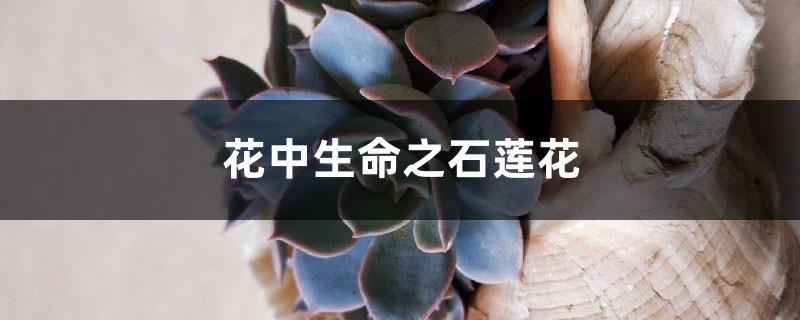
Lotus of the succulent world
The hot summer is the season when the lotus blooms. Since ancient times, there has been a poem by Zhou Dunyi praising the lotus. Without vines or branches, the fragrance will be clearer from a distance, and the pavilions and pavilions will be clean and planted, so you can look at them from a distance but not play with them." Its graceful flowers emerge from the mud unstained and are elegant and admirable.
There are also many succulents named after "lotus". For example, in the Sedum family, there are Echeveria and Lotus, and each genus has a series of varieties. Among them, Echeveria is named because its rosette-shaped leaf disk resembles a blooming lotus. It has many varieties, rich leaf colors, and unique leaf clusters that are like flowers, but never wither, like works of art and full of life. Echeveria
Lotus of the succulent world
Characteristics
Echeveria is native to Mexico and the dry areas of northwest Central and South America, growing in semi-plateau deserts In the marginal area, it likes a sunny, cool and dry environment, tolerates drought, and is afraid of stagnant water. It has the habit of "dormant in hot summer seasons and growth in cool seasons" and is a "winter species" among succulents.
Growth Habits
Plants grown in sunny places have compact plants, thick and plump leaves, beautiful leaf colors, thick white powder on the leaves, thick hairs on the leaf tips or leaf edges. The red color is bright and highly ornamental. When watering, master the principle of "not dry, don't water, water thoroughly" to avoid water accumulation in the pot soil, otherwise it will cause root rot. However, the air humidity can be slightly higher. When the air is dry, you can often sprinkle water around the plants to increase the air humidity. , but water should not accumulate on the leaf surface, especially in the center of the leaf cluster, to avoid heart rot.
Avoid rain at all times, especially long-term rain, otherwise the plants will rot due to water accumulation in the soil. Apply decomposed thin liquid fertilizer or low ammonia and high phosphorus and potassium compound fertilizer every 20 days or so during the growing season. Be careful not to splash the fertilizer water on the leaves. Fertilization is generally carried out in the morning or evening when the weather is fine, and water is poured again in the evening of the same day or the next morning to dilute the residual fertilizer solution in the soil.
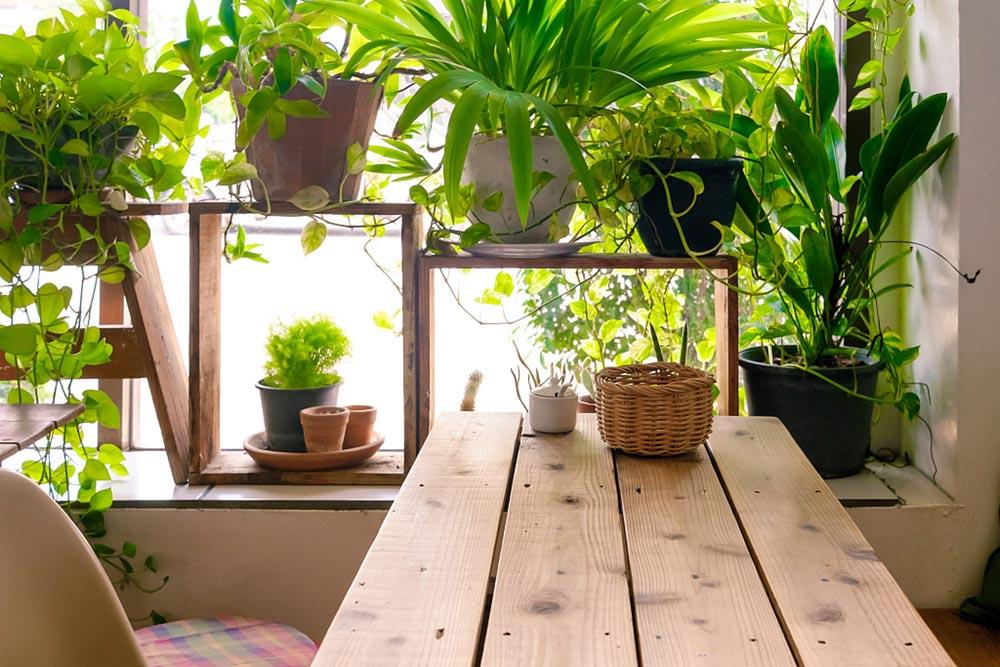
Four-season care of succulent Echeveria plants
Spring and Autumn Maintenance
Spring and autumn are the main growth periods for Echeveria plants. Sufficient light should be provided, otherwise the plants will become elongated, the plant shape will be loose, the leaves will become thin, and the leaf color will be dim. For varieties with white powder on their leaves, the white powder will be reduced. For varieties with downy leaves such as Jinsikou, the fuzz will be reduced and shortened. For varieties with red leaf tips or leaf edges, such as Chihualian and Jinhuangxing, the red color will decrease or even disappear.
Summer and winter maintenance
During high temperatures in summer, most varieties of Echeveria are in a dormant or semi-dormant state. The plant growth is slow or completely stagnant. It can be maintained in a well-ventilated area. Avoid exposure to the scorching sun, limit watering, and stop fertilizing to prevent plants from rotting.
Put it indoors in a sunny place in winter. If the lowest temperature at night is around 10℃ and there is a certain temperature difference between day and night, you can water it appropriately and fertilize as appropriate to allow the plant to continue growing. If it cannot be maintained at such a high temperature temperature, control watering, keep the pot soil dry, stop fertilizing, and make the plants dormant. They can also withstand low temperatures of 5°C, and some varieties can even withstand low temperatures of 0°C.
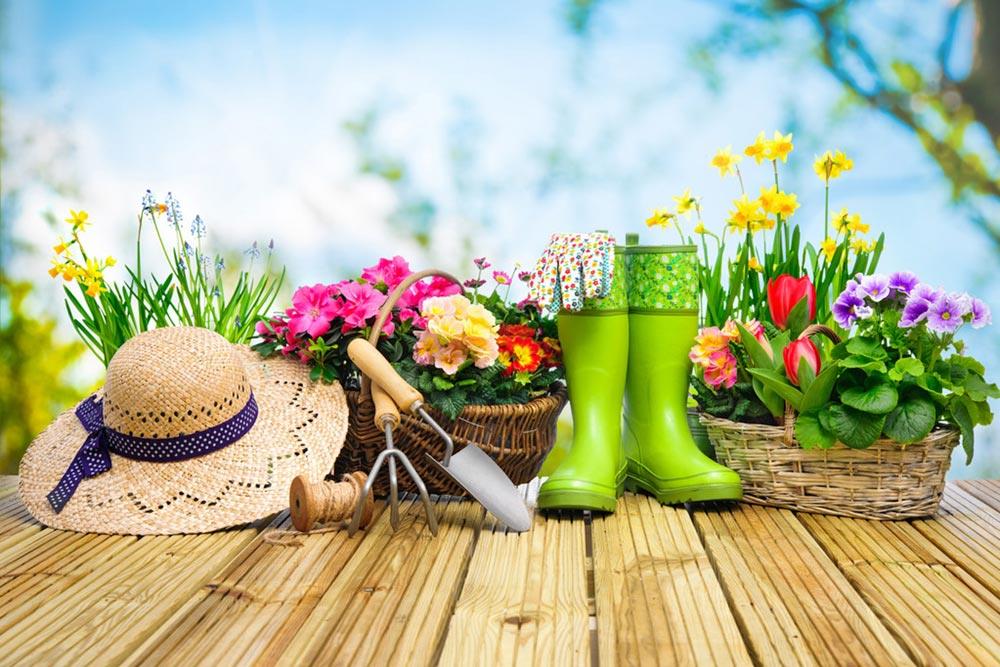
Succulent Echeveria is a common species
Jade Butterfly
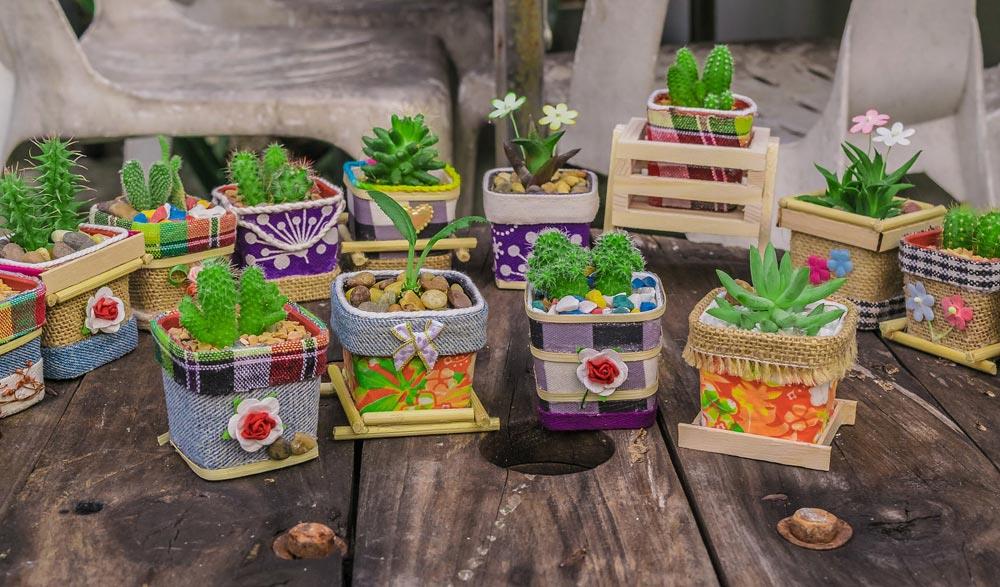
First Love
< img src="/huoche/2024041408124447527.jpeg" alt="Flowers" title="Flowers" />
Teyulian
Echeveria leucophylla

Chihuahua
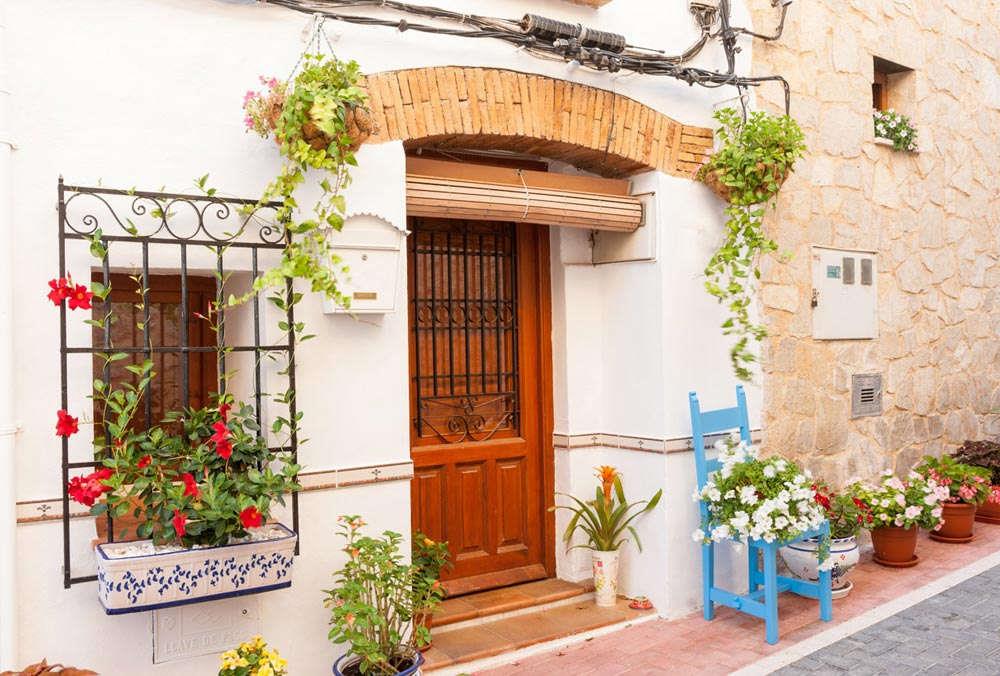
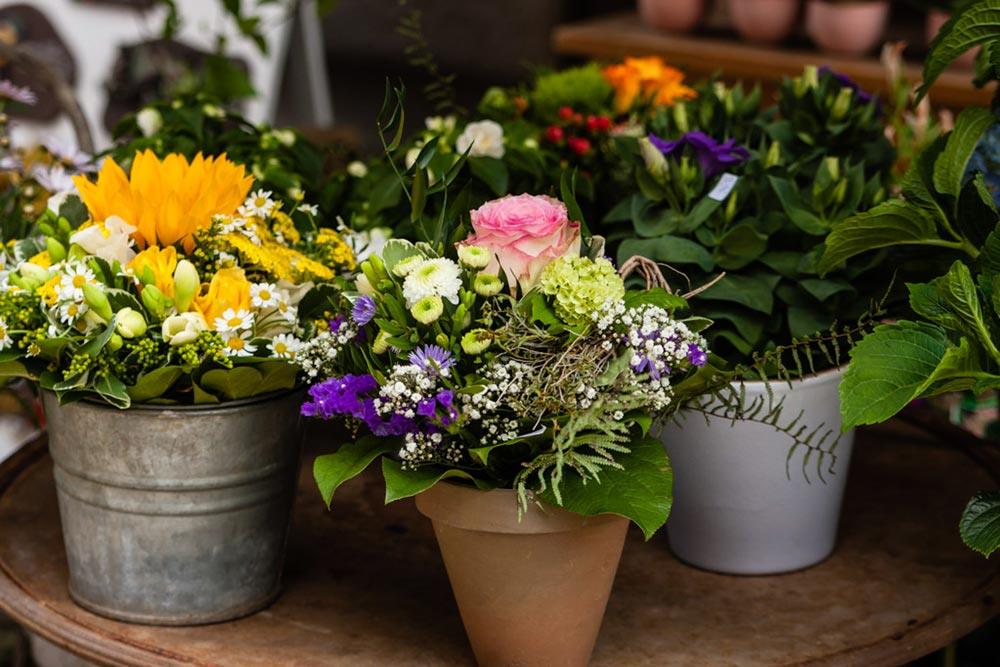
Blue Echeveria
< p>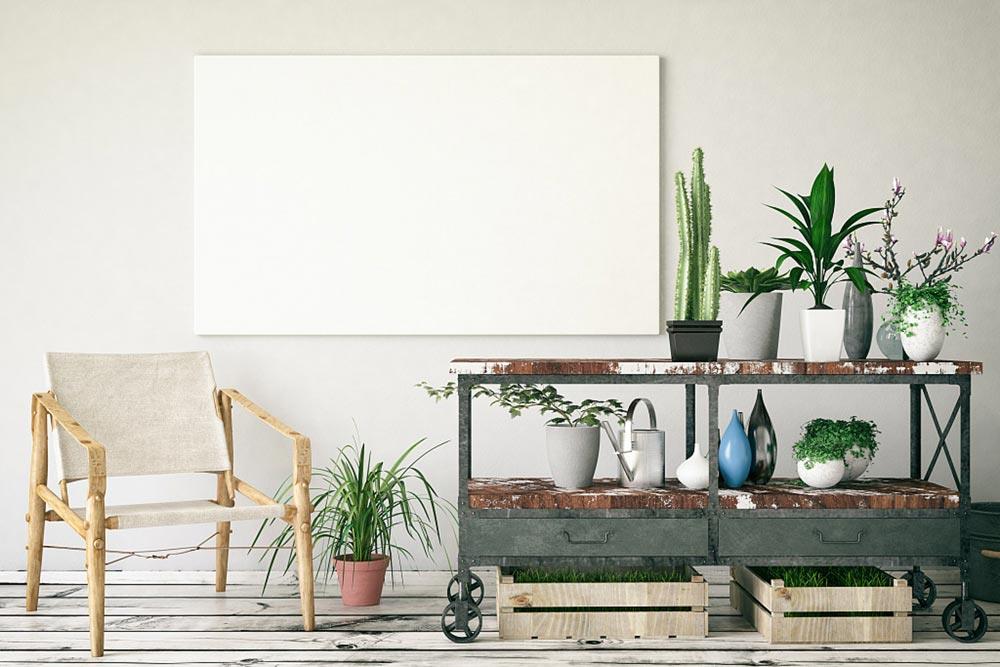
Purple Pearl

Damato Brocade

Frost
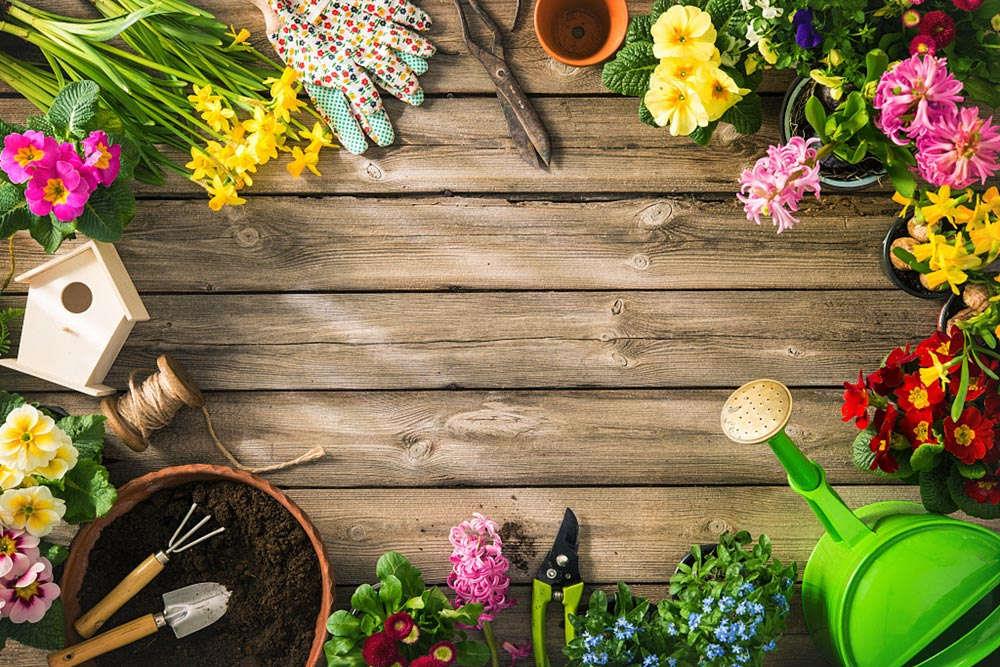
Seasonal care of succulent Echeveria plants
Common species of succulent Echeveria genus
- END -
What do the four gentlemen of flowers mean?

The Four Gentlemen of Flowers refer to plum blossoms, orchids, bamboos, and chrysa...
The difference between plumeria and gardenia

Different plant types: Plumeria is a deciduous small tree with a relatively tall p...